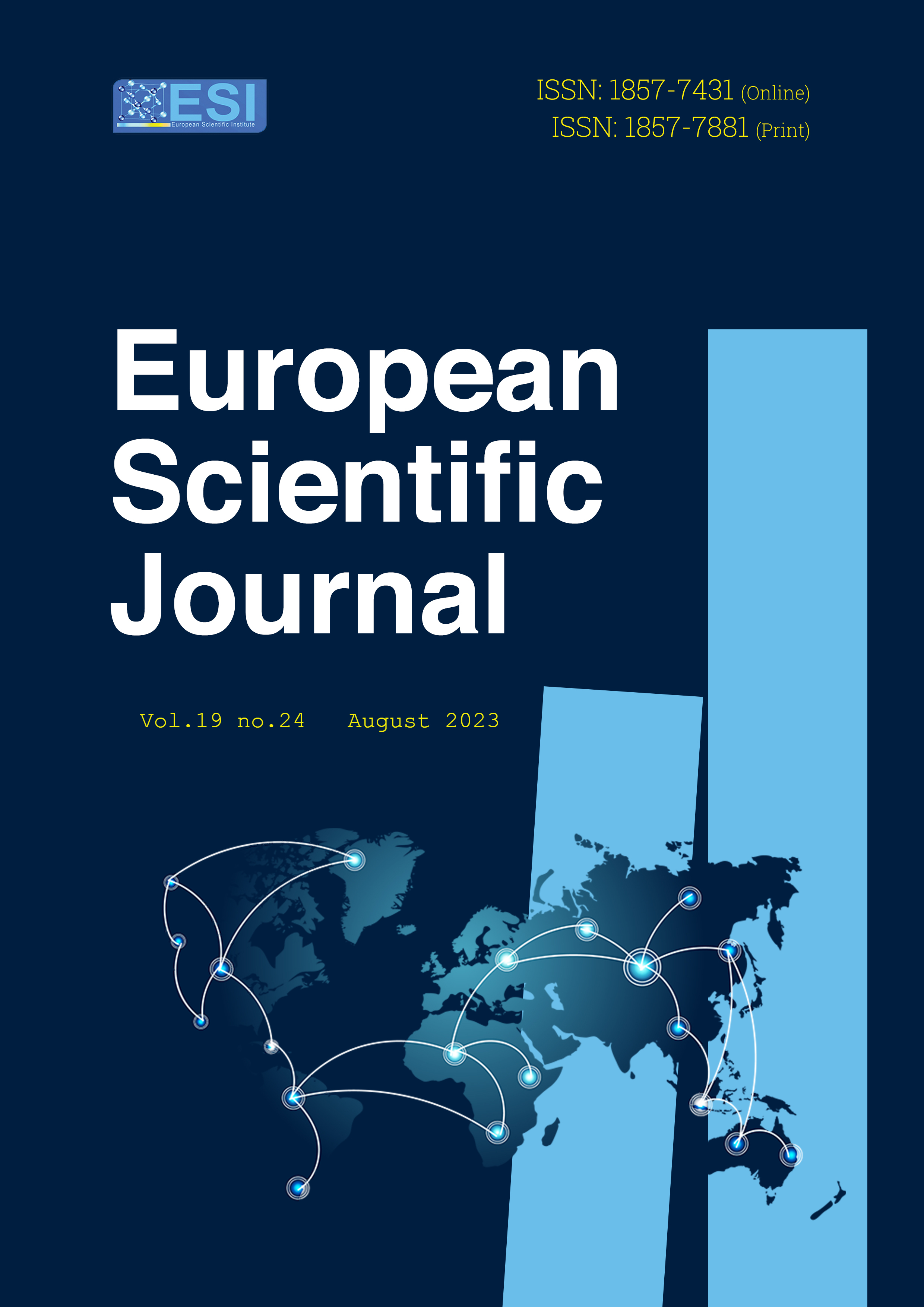Towards Broadcasting Linear Content Over 5G Network
Abstract
Today's society heavily relies on linear television systems featuring planned programs, which serve as a vital means of communication. The evolution of broadcasting linear content is notably driven by advancements in end users' devices. This transition has expanded it from a limited range of linear radio and TV channels to a comprehensive and distinctive array. This selection is accessible across diverse distribution network types. Among these networks, the prominence of the 5G network stands out as a notable platform for media and transmissions. Transmitting linear content over 5G networks involves efficiently delivering scheduled, real-time content to a large number of users simultaneously. This content encompasses live TV broadcasts, radio programs, and streaming events. While 5G networks offer significant advantages in capacity, speed, and latency, it's essential to consider specific factors when it comes to broadcasting linear content. Traditionally, cellular networks, designed for continuous service, have predominantly followed a unicast bidirectional communication paradigm for numerous years, providing a range of services to customers. This paper employs a research methodology to examine the future 3rd Generation Partnership Project (3GPP) 5G Multicast and Broadcast Services (MBS) standards, along with their constraints. Our approach includes a comprehensive literature review, technical specification analysis, and comparison of different broadcasting technologies within the 5G framework. By employing this research methodology, we gain a holistic understanding of the evolving landscape of broadcasting linear content over 5G networks. This contributes to the body of knowledge in this field and informs future advancements in broadcast technologies within the 5G ecosystem.
Downloads
Metrics
PlumX Statistics
References
2. 3GPP TS 38.211, (2021). Technical specification group radio access network; NR; physical channels and modulation (Release 16), Rev. 16.4.0.
3. 3GPP TR 23.757,(2021). Study on architectural enhancements for 5G multicast-broadcast services; V17.0.0 (2021-03), Technical Specification.
4. Ahn, S. -K. (2023). Evaluation of ATSC 3.0 and 3GPP Rel-17 5G Broadcasting Systems for Mobile Handheld Applications, IEEE Transactions on Broadcasting, 69(2), 338-356, doi: 10.1109/TBC.2022.3222988.
5. EBU TR 044, (2022). Trials Tests and Projects Relating To 4G/5G Broadcast Supported by Europian.
6. ETSI TS 103 720, (2020). 5G Broadcast System for linear TV and radio services; LTE-based 5G terrestrial broadcast system, Technical Specification.
7. Garro, E. (2020). 5G Mixed Mode: NR Multicast-Broadcast Services. IEEE Transactions on Broadcasting, 66(2), 390-403, doi: 10.1109/TBC.2020.2977538.
8. González, C. C., Pizzi, S., Murroni M., & Araniti, G. (2023). Multicasting Over 6G Non-Terrestrial Networks: A Softwarization-Based Approach. IEEE Vehicular Technology Magazine, 18(1), 91-99, doi: 10.1109/MVT.2022.3232919.
9. Heyn, T. (2016). Integration of Broadcast and Broadband in LTE/5G (IMB5) - experimental results from the eMBMS testbeds. European Conference on Networks and Communications (EuCNC), 319-324, doi: 10.1109/EuCNC.2016.7561055.
10. Jiménez-Soria, D., Martín-Vega, F.J., & Aguayo-Torres, M.C. (2021). Coordinated Multicast/Unicast Transmission on 5G: A Novel Approach for Linear Broadcasting. Wireless Pers Commun 121, 1273–1287, https://doi.org/10.1007/s11277-021-09057-z.
11. Jokela, T. (2020). Multimedia Public Warning Alert Trials Using eMBMS Broadcast, Dynamic Spectrum Allocation and Connection Bonding, IEEE Transactions on Broadcasting, 66(2), 571-578, doi: 10.1109/TBC.2020.2989660.
12. Mi, D., Eyles, J., Jokela, T., Petersen, S., Odarchenko, R., Öztürk, E., Chau, D., Tran, D., Turnbull, R., Kokkinen, H., Altman, B., Bot, M., Ratkaj, D., Renner, O., Gomez-Barquero, D., & Gimenez, J. J. (2020). Demonstrating Immersive Media Delivery on 5G Broadcast and Multicast Testing Networks. IEEE Transactions on Broadcasting, 66(2), 555-570, doi: 10.1109/TBC.2020.2977546.
13. Saily, M., Estevan, C., Gimenez, J., Tesema, F., Guo, W., Gomez-Barquero D., & Mi, D. (2020). 5G Radio Access Network Architecture for Terrestrial Broadcast Services. IEEE Transactions on Broadcasting, 66(2) 404-415, doi: 10.1109/TBC.2020.2985906.
14. Silhavy, D., Kühnhammer, K., Mika, J., Stockhammer, T., & Gimenez, J. J. (2023). 5G-MAG (Media Action Group) Reference Tools: Putting 5G in Action for Media. SMPTE Motion Imaging Journal, 132(1), 18-24, doi: 10.5594/JMI.2022.3220794.
15. Yle, J. (2018). MTV Elisa Nokia, ENENSYS, Bittium, and Qualcomm Showcase the Future of TV, Paving the Way to 5G Broadcast. https://yle.fi/aihe/artikkeli/2018/05/16/yle-mtv-elisa-nokia-enensys-bittium-and-qualcomm-showcase-the-future-of-tv
Copyright (c) 2023 Olimpjon Shurdi, Algenti Lala

This work is licensed under a Creative Commons Attribution 4.0 International License.








